I’m so glad Tammie was (partially) inspired to reflect on the beginning of her contribution journey after reading my 12 year first contribution anniversary post. I love reading these stories! They really ignite a meditative mindset.
I’m currently up in the White Mountains on a family vacation. I read her post with my morning coffee before my wife and I set out to hike Mount Willard as part of our attempt to tackle the 52 With A View. I know, I should be better about disconnecting, but her reflections had me thinking on the trail.
Everyone is just “figuring it out” (whatever that means)
It’s interesting how the contributors you looked up to when getting started that you assumed were well established were actually still finding their way.
Tammie is a great example of this. I remember looking at comments she made and thinking they were insightful and based on lots of experience. They were and still are, but her experience was not what I had assumed. Her experience at the time was just not yet from contributing to WordPress. She too was wandering around looking for the path that looked just right at the same time as me.
“Figuring it out” also means something different to everyone. And “it” can also change over time. The best path today will likely not be a good fit in 10 years, 5 years, or even 6 months.
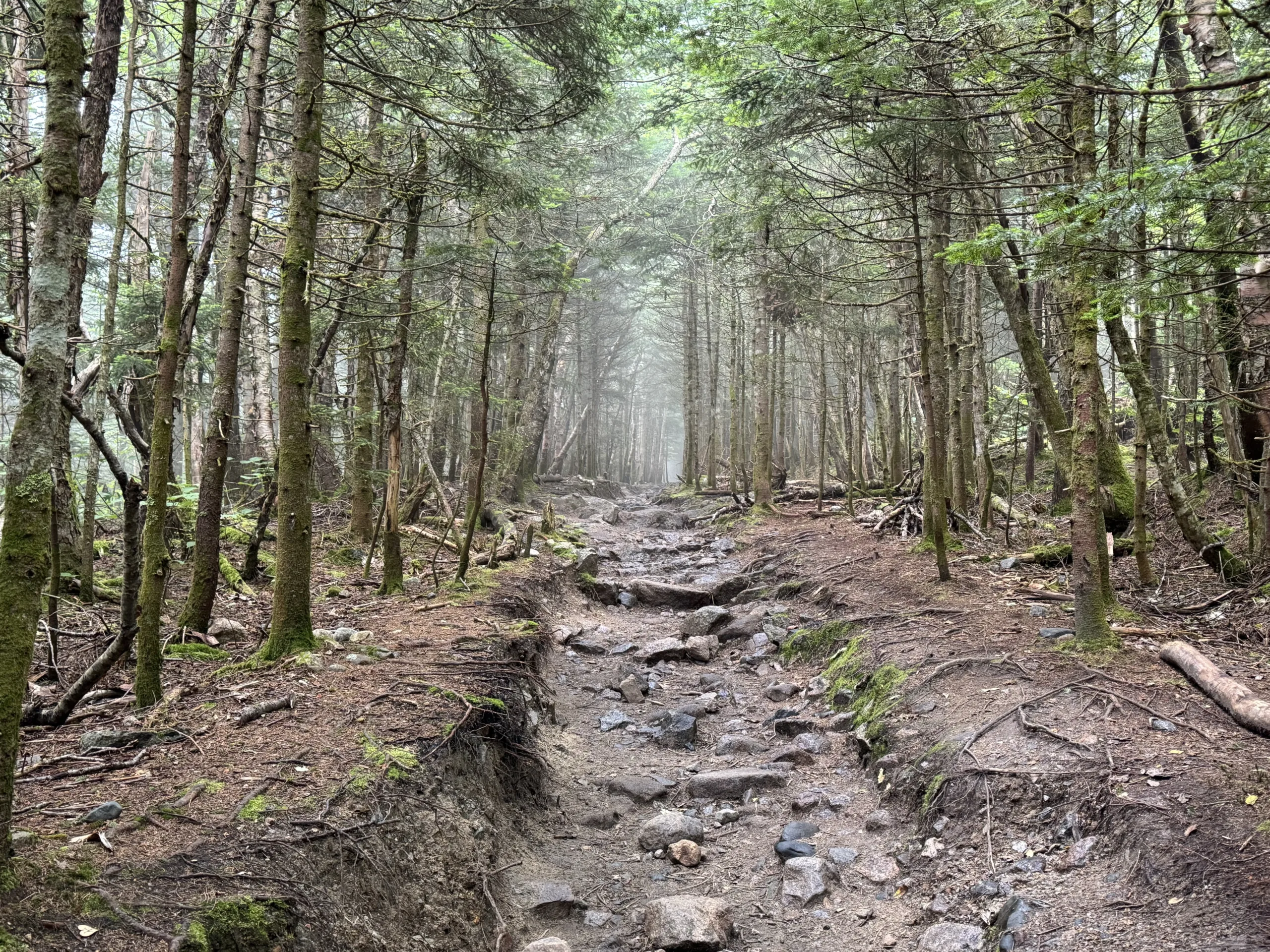
Activating Observers
“A simple code review or “great job” can be the difference between a one-time contributor and a future maintainer. You never know what someone needs to hear, so be generous with feedback.”
This is something I included in my essay for the Maintaine.rs book. In Tammie’s post, she interestingly had a sentence that struck me as the exact opposite of that statement.
“Our projects are full of the ghosts of contributors we never activated, and that fuels me to see potential in every person who gives up their time.”
What happens when we don’t put our best forward, if it wasn’t enough, or wasn’t what someone needed to hear? Obviously we can’t (and shouldn’t) attract or keep everyone who passes by the communities we care for to join in our efforts. But what about those who were good fits but just weren’t engaged with in the right way?
Maybe documentation was lacking. Maybe expectations were unclear. Or maybe they sensed a maintainer was being territorial towards an area of the project they look after. This excerpt from Producing Open Source Software is relevant here:
Watch out for participants who try to stake out exclusive ownership of certain areas of the project, and who seem to want to do all the work in those areas, to the extent of aggressively taking over work that others start. Such behavior may even seem healthy at first. After all, on the surface it looks like the person is taking on more responsibility, and showing increased activity within a given area. But in the long run, it is destructive. When people sense a “no trespassing” sign, they stay away. This results in reduced review in that area, and greater fragility, because the lone developer becomes a single point of failure. Worse, it fractures the cooperative, egalitarian spirit of the project.
Karl Fogel. Producing Open Source Software. Chapter 8: Preventing Territoriality
Sometimes letting people find their way means not engaging at all. Not every contributor requires an eager welcome or hand-holding. Over-engaging can also be a bad thing. Knowing how to gauge the appropriate level of interaction is a skill that comes with time.
Different Paths For Different People
On our hike, I noticed that the route my wife took was almost never the same as the one I took on the same exact path. I wasn’t intentionally avoiding her footprints, I was just subconsciously choosing what looked best to me.
The same is true in a large community. Instead of rigid groupings with strict criteria that must be met, establish decision-making frameworks that encourage flexibility guided in foundational principles.
I sometimes observe new contributors trying to make sense of activity by forcing everything into specific categories, paths, or types. While it makes a lot of sense as a first step, that can quickly lead to frustration and burn out because it just doesn’t work like that at scale.
Paths also manifest to individuals differently. Sometimes they’re rocky and sometimes not. Sometimes it’s rocky but one giant smooth rock instead of many little ones, and occasionally the surface is just a little slippery. Everyone proceeds at their own pace. If you believe in the mission and have purpose, continue on despite the form the path takes in front of you.
Avoid Congregating At The Top
Two Summers ago while also in New Hampshire, we took the Mount Washington Auto Road to the top of the 6,288 foot highest point in New England. When we reached the summit, the weather was drastically different (30-40MPH gusts, cloudy, and 35°F) than at the base (high 80°s F, calm, clear and sunny).
Besides the weather, something else stood out. There was a line ~100 people long waiting for a chance to take a photo in front of the summit sign.
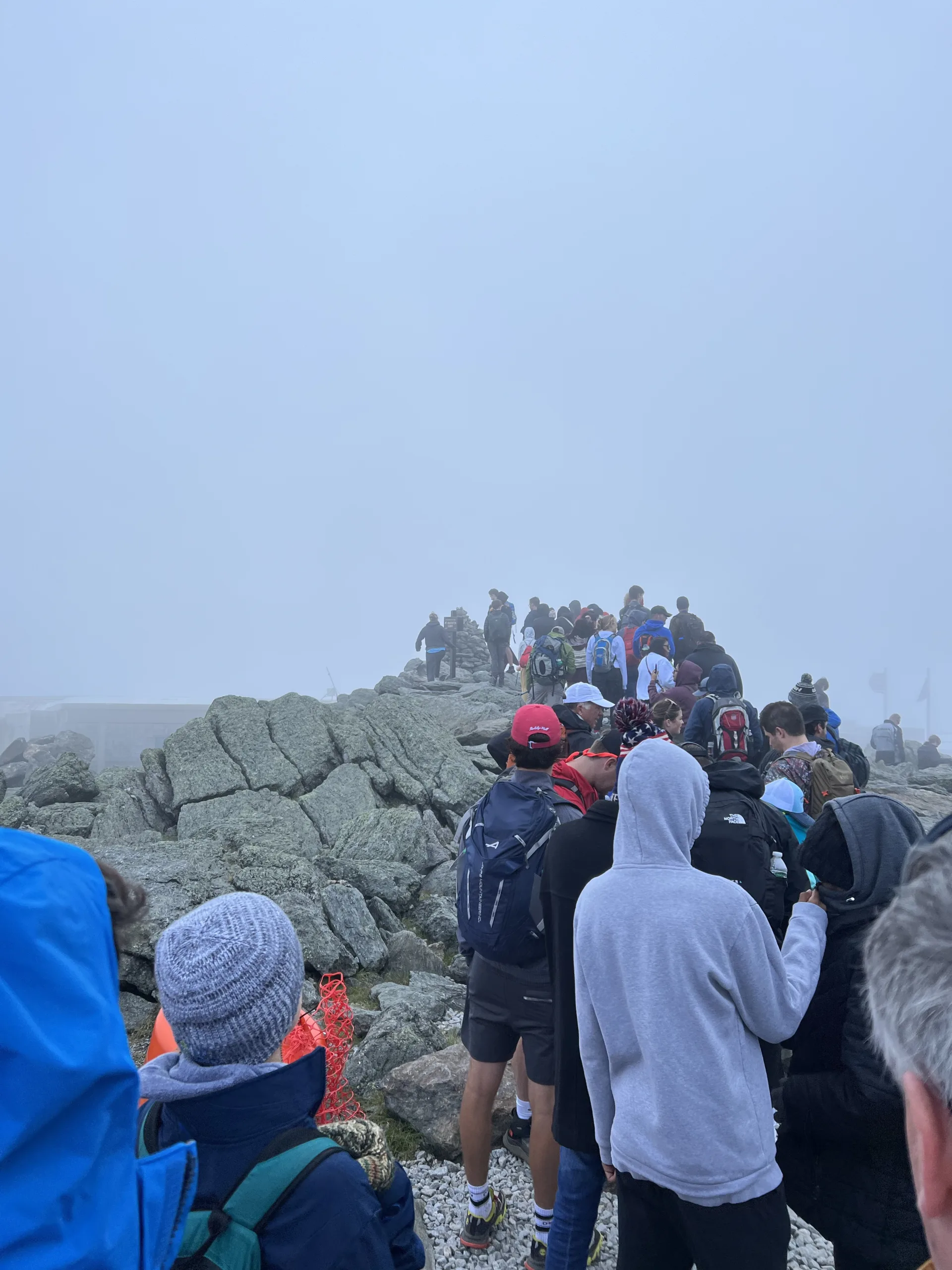
When everyone crowds toward the “top,” we risk losing the balance and continuity that healthy communities need. It’s not about reaching the summit. Rather, it’s about ensuring the entire path is well-traveled, well-marked, and connected.
Don’t Meet At The Top
We never truly make it to the “top” because it’s not a static thing. This is especially true in technology where everything is constantly changing and evolving. Thus, “getting to the top” is the wrong goal. Instead, our goal should be to connect with as many people as we can at the many points paths intersect along the way. Put differently, we should be building connections between as many paths as possible.
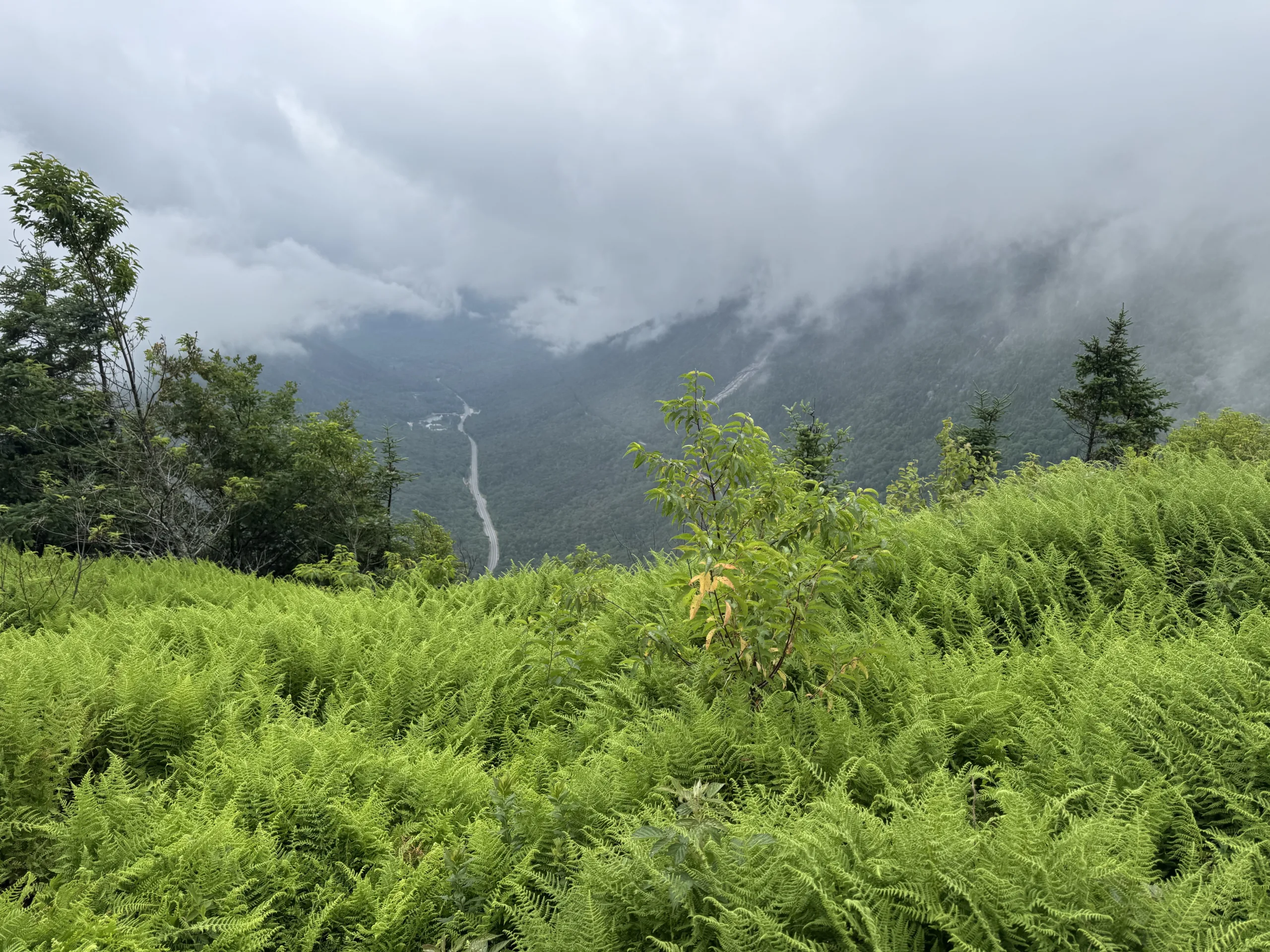
Those Who Predate Us
There was a very old stone wall covered in moss on the hike and I found myself thinking: how many others had used the same path before me? How many people lived on this mountain before the trail existed? There’s no true way to know, especially if everyone is respecting the carry in, carry out mindset. Instead, the signs will be very subtle and require an astute eye.
Footprints, paths worn down from traffic, and in more obvious cases, others actually passing you on your way. While each path is unique, where your path takes you is rarely untraveled. Learn to spot the differences and adjust accordingly.
Many Small Trickles Fill A Basin
When you drink from the fire hose of a large Open Source project like WordPress, it’s easy to lose sight of the cumulative efforts that are required to create such a strong and steady flow. But like basins and streams, it takes many small trickles to fill them.
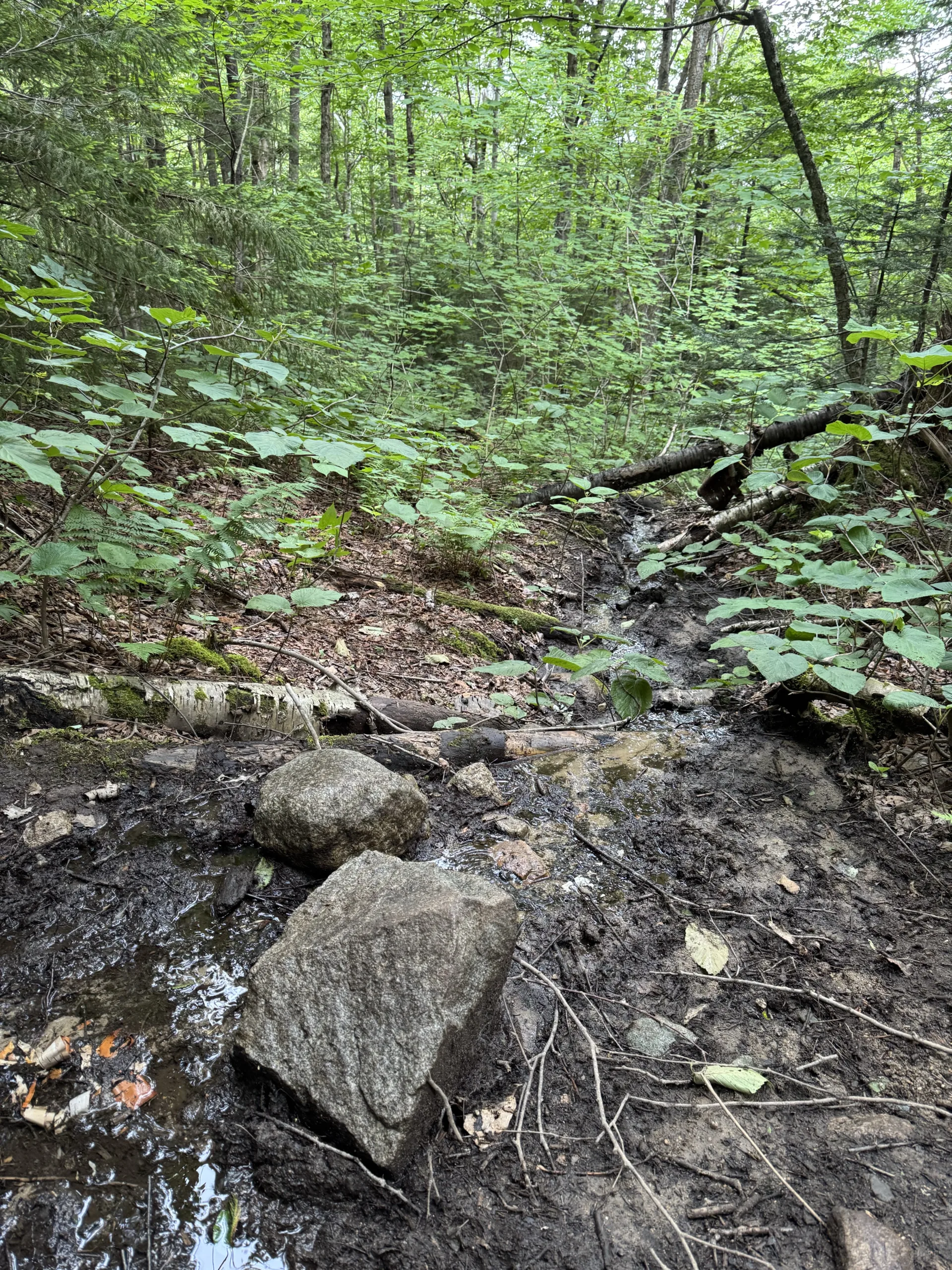
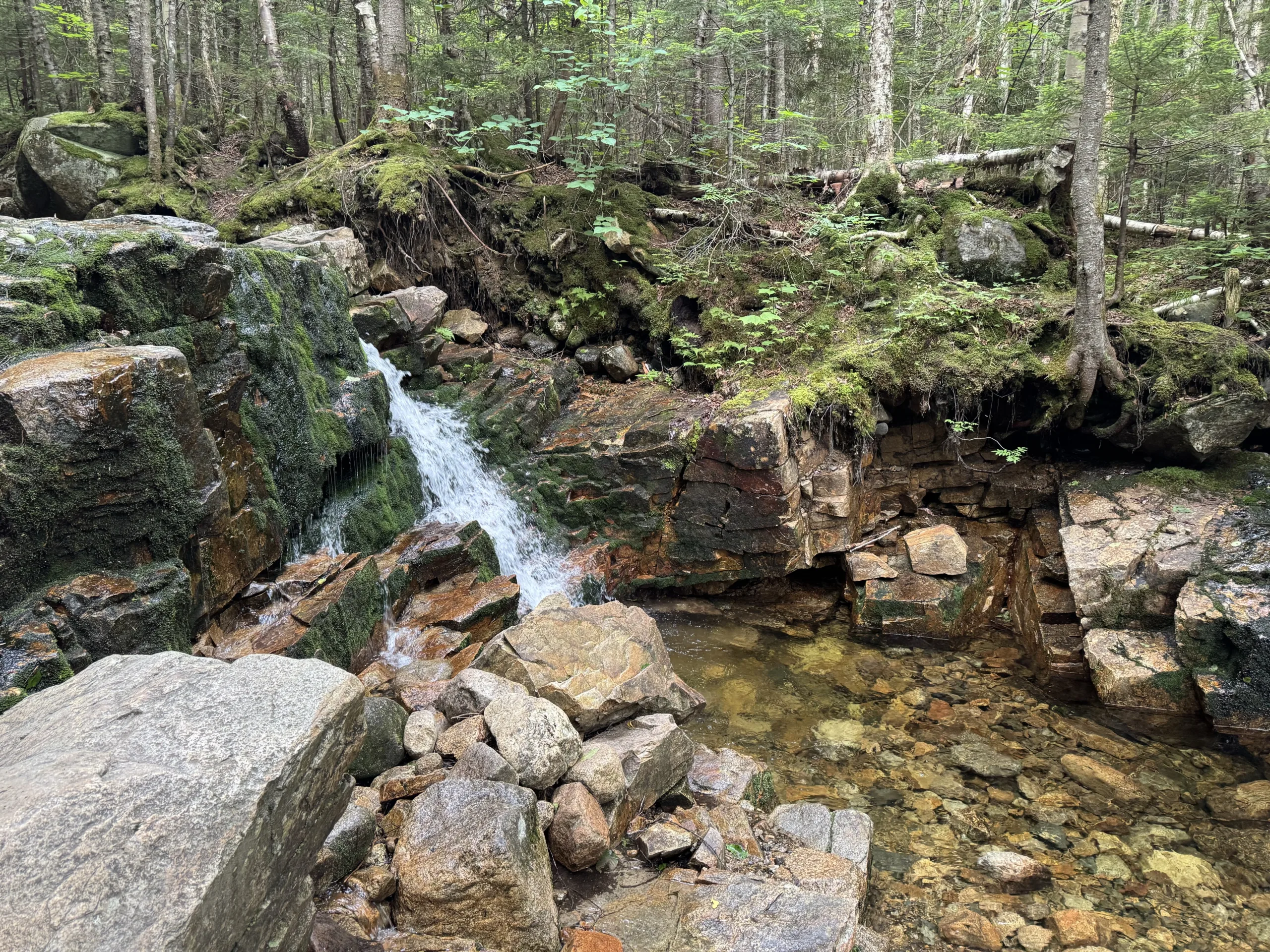
Our work isn’t measured only by the splash of large contributions, but by the steady trickle of small acts that feed a thriving ecosystem. If we want future contributors to drink from the same basin, we need to show them how every small drop matters.
Judging Effectiveness By Noise
As we got close to the end of the hike, we started hearing cars on the highway again. The trail we took was an out and back loop. In this situation, it meant we were in the right place. But when we started the hike, the opposite was true.
When participating in a community, the level of “noise” can be used to gauge whether your work is on target.
When beginning to work on a foundational task that only a few people can advise on, that often means you’re in the right space. But once you’ve shared that idea with the wider community, silence could mean you’ve missed the mark.
Still, silence isn’t always failure. Sometimes it’s just the sound of others listening, considering, and preparing to walk their own part of the trail that you’ve created.
Featured image credit: CC0 licensed photo by soycelycruz from the WordPress Photo Directory.

Leave a Reply